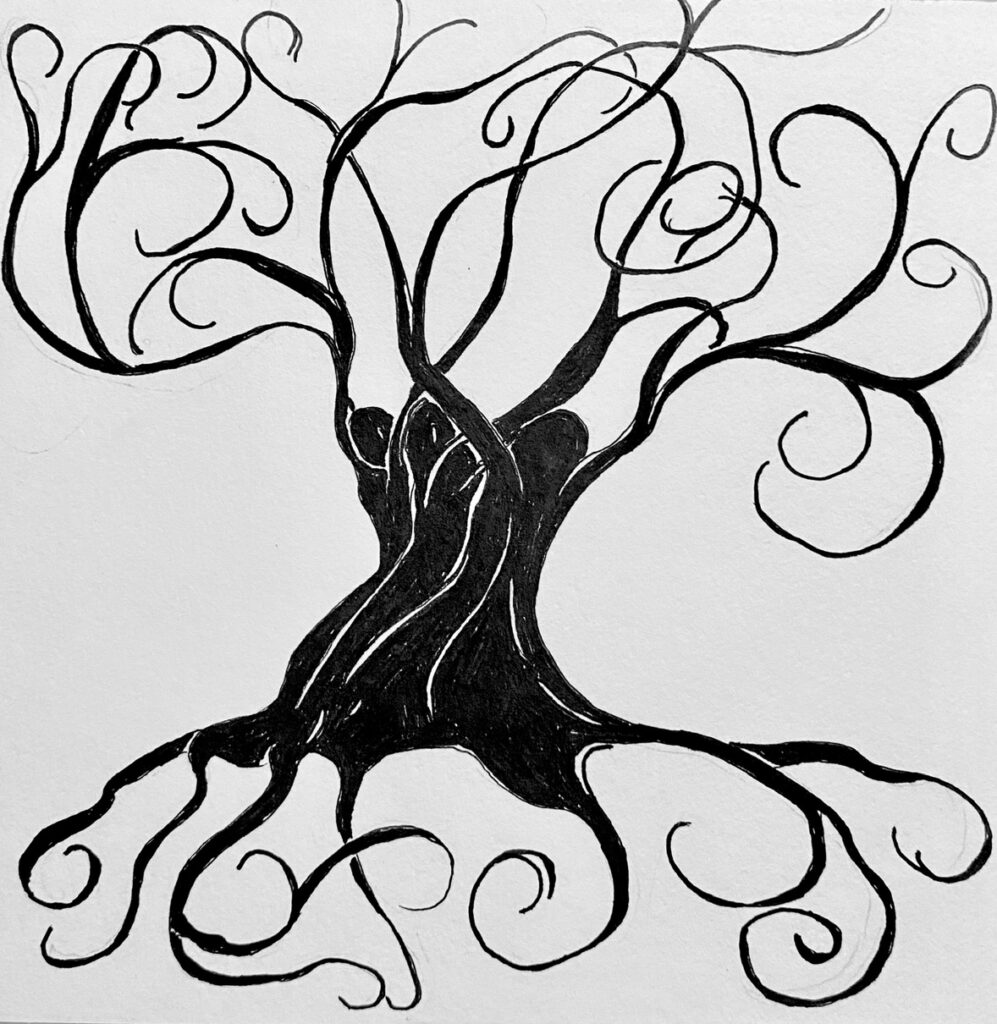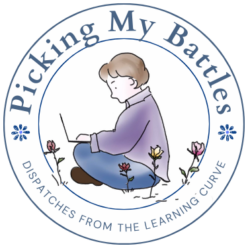
A very unscientific philosophy of education that every child is capable of learning propelled my teaching career into my current research. We all come to education with different backgrounds, histories, and biologies. Those differences, however, don’t support a thesis that only some of us are capable of learning. Rather, we learn at different rates and respond to different reinforcers.
Anecdotal evidence from parents and teachers, as well as national statistics, however, tell us that many children are not learning the fundamental skills needed to survive and thrive in modern society. The numbers from The Nations Report Card, for example, show that only 37% of high school seniors read proficiently (NAEP Reading: National Achievement-Level Results, n.d.). The numbers for math are equally concerning (NAEP Mathematics 2019 Highlights Grade 12, n.d.).
In my classroom, I morph from a researcher into a warrior for reading. As the last stop before high school, I am also one of the last opportunities many of my students will have to acquire functional literacy. For most of my teaching career, I have worked with older students in similar academic situations, and the injustice of children finding their way to middle and high school — barely able to read – has, year after year, prompts the question of how the systems that are supposed to support them allow this to happen.
It is against that backdrop that my dissertation questions are evolving. How were they taught each of these years? How are the skills allowed to keep lagging? What tools and methods do schools and teachers need to better serve all of the children coming through our system?
For years, I have blogged about creativity and the gift of mental clarity it provides at the end of a stressful day. Painting is a gateway to serenity for me, but between blogging and painting, I struggle with identity of purpose. Am I a writer who paints or an artist who writes? Should that identity matter?
A few weeks ago, feeling conflicted and spending more time reading than painting, I did an online personality/aptitude test. This particular test placed an emphasis on interest-driven aptitudes, and my “type” came back as “Maven/Maker” — someone whose creative output serves their learning. Taking the results with a giant grain of salt (Pittenger, 1993), I indulged in a bit of bias confirmation.
I was a “problem reader” in first grade. Teachers reprimanded me for not paying attention and reading ahead to see what happened in group books. When my parents said “lights out,” I’d put my “Little House” books on the floor close enough to the door to catch the upstairs hall light, so I could still silently bound into bed when they came up the stairs.
When a blogging class revived my creative life, I spent hours learning how to set up a blog, how to illustrate with this method or that, and, ultimately how to start painting. To be sure, writing and painting happened, but a disproportionate amount of time was spent researching. Some people good-naturedly chided me as the “eternal student,” and, familiar with the historically pejorative connotation of the phrase, I sometimes worried that all the study was an act of fear or creative insecurity.
Now, I’m realizing that creativity may not be my endgame. Creativity is the vehicle. My paintings and posts are not the expression of things learned. They are the learning, and learning should be a life-long endeavor.
Recognizing core parts of your identity is liberating. It helps you pick your battles. For me, it is the beginning of a new understanding and phase of my creativity. It is also a new chapter in my blog as I start my dissertation journey and journal.
I know what creativity has brought to my life. It plays a key role in my teaching. I teach, however, because I do love to learn, and I want my kids to love learning for its own sake. Now, I want my creative life — including my blog – to serve that idea by celebrating it.
Sources:
NAEP Mathematics 2019 Highlights Grade 12. (n.d.). Retrieved March 16, 2024, from https://www.nationsreportcard.gov/highlights/mathematics/2019/g12/
NAEP Reading: National Achievement-Level Results. (n.d.). Retrieved March 16, 2024, from https://www.nationsreportcard.gov/reading/nation/achievement/?grade=12
Pittenger, D. J. (1993). The Utility of the Myers-Briggs Type Indicator. Review of Educational Research, 63(4), 467–488. https://doi.org/10.2307/1170497
